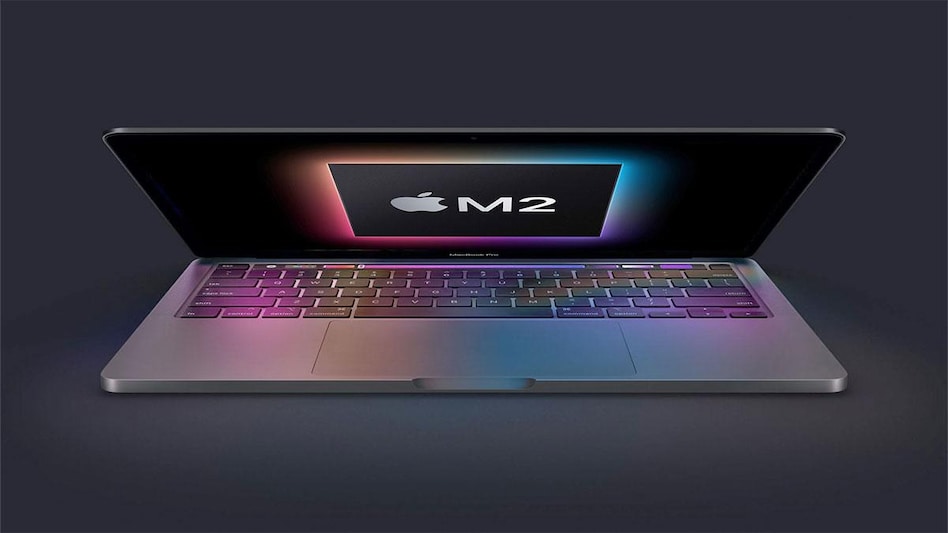 Only the 256GB M2-powered MacBook Pro model is showing a performance speed drop, the higher models are unaffected
Only the 256GB M2-powered MacBook Pro model is showing a performance speed drop, the higher models are unaffected Only the 256GB M2-powered MacBook Pro model is showing a performance speed drop, the higher models are unaffected
Only the 256GB M2-powered MacBook Pro model is showing a performance speed drop, the higher models are unaffectedApple announced the M2-powered 13-inch MacBook Pro at the Worldwide Developers Conference (WWDC) earlier this month. On release it was the cheapest MacBook Pro one could get their hands on, though it would ideally make more sense to buy the M2-powered MacBook Air or the 14-inch/16-inch MacBook Pros given the extra power they offer.
While a 13-inch model works for many users, it is not the recommendation in most cases. And now, there’s one more reason for users to potentially skip this laptop and, as Forbes puts it, “it’s all down to a key decision made by the MacBook team”.
According to reports, Apple has cut down the SSD performance on the 13-inch M2-powered MacBook Pro by up to 50 per cent.
Logically, one would expect the 2022 13-inch MacBook Pro to be better than the M1-powered model that launched last year with Apple stating that there is a 10 per cent increase in processing power between last year’s M1-powered MacBook and this year’s M2-powered one. Benchmarks too seem to matching up to this claim.
The design on both the devices remains the same so essentially it comes down to performance while making a purchase decision. Now, reports have it that Apple has decided to make the change in the configuration of the SSD storage on the M2 MacBook Pro making it write to and read from a storage that is slower than the M1 MacBook Pro.
Fossbytes reported that tech review channels on YouTube, like Created Tech and Max Tech, ran trials on the 256GB M2 MacBook Pro model (the base model) with the Blackmagic Disk Speed Test app which showed that the SSD’s writing and reading speeds were around 1,450 MB/second. This is almost 30 per cent slower for writing and 50 per cent slower for reading as compared to the M1 MacBook Pro with 256GB storage.
This is due to Apple using a single 256GB NAND flash storage chip on the 2022 model instead of the two 128 GB NAND chips that it used in the 2020 models that ran in parallel.
For better understanding, here are the speeds recorded:
The dual-NAND format on the older M1 MacBook Pro allowed the chips to clock higher speeds. However, this single NAND chip issue does not plague the M2 MacBook Pros with higher storage.
So, why has Apple done this?
The only explanation is that using a single NAND chip reduces manufacturing costs for Apple. Also, the company might be trying to deal with supply chain issues that are restricting the supply of some components while raising the price of others. For all practical purposes, Apple has degraded the performance on the M2 MacBook Pro’s base model as compared to last year’s offering.
For a regular user, this won’t matter a lot, unless they are transferring large files. As TechRadar points out, the speeds on the 256GB M2 MacBook Pro are still very fast. But given all that, and the virtual RAM, the performance ceiling of the base M2 MacBook Pro is slower than the more expensive versions. Running memory-intensive programs could lead to a “noticeable drop in performance”. And given that Apple sent out 1TB SSD models for review, this doesn’t quite seem fair.
Also Read: Apple’s M2 MacBook Pro opens for pre-order on June 17
Also Read: Apple 13-Inch MacBook Pro (2022): Who should buy and who shouldn't
For Unparalleled coverage of India's Businesses and Economy – Subscribe to Business Today Magazine